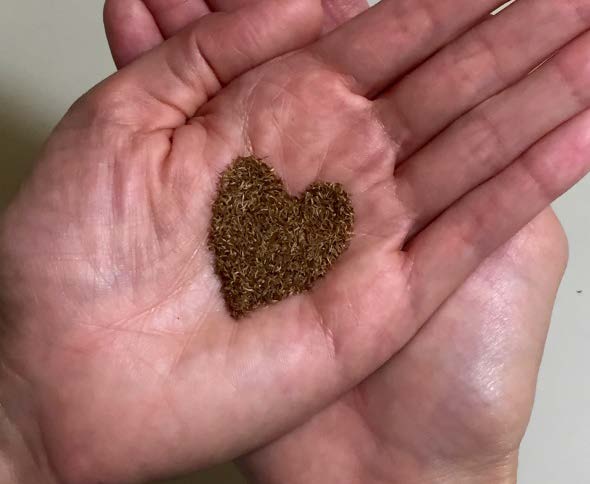ʻŌhiʻa is both a pioneer – the first to grow on new lava– and a protector—hosting and sustaining birds, insects,…
Read More
2019
Coqui frogs negatively affect the environment in more ways than one
In the dark, Darrel Aquino turns off the pump engine – the silence is a stark contrast to the noise…
Read More
Measuring the impacts of invasive plants in Hawai’i’s watersheds
Differences in both the physical structure and growth characteristics contribute to different rates of transpiration between native and invasive species. Tom Giambelluca is looking closely at those differences.
Just the act of observing can help us and our island home
I ka nānā no ka ‘ike.By observing, one learns. ‘Ōlelo No’eau #1186- Mary Kawena Pukui The Hawaiian language includes over…
Read More
The efforts to keep pests out of your Christmas tree
By December 3rd of this year (2019), near the end of the shipping season, 93,000 Christmas trees had arrived in…
Read More




